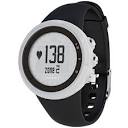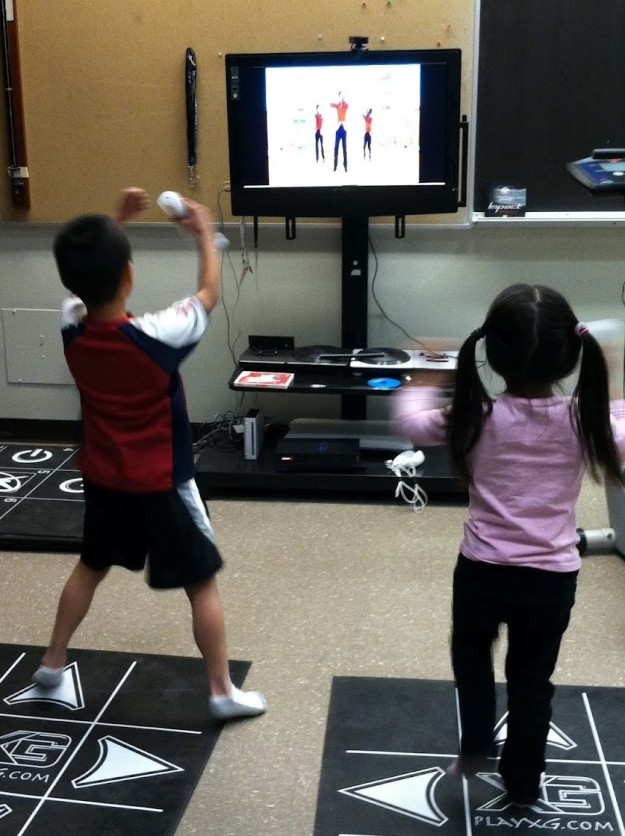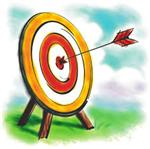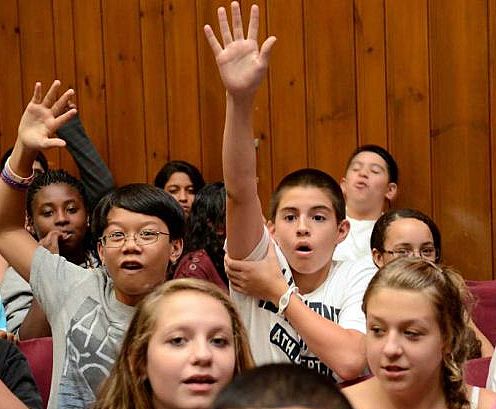Incorporating technology into an elementary school physical education class can sometimes be challenging. Each class is typically only 30 minutes long and much of the class time needs to be devoted to fitness skills and movement. One way to include technology in an elementary school physical education class is the use of heart rate monitors. Utilizing this type of hardware technology will not take very much precious class time and it will also enhance the students’ learning about physical fitness and heart rate. Among many advantages, heart rate monitors assist children in learning aerobic pacing and target heart rate, staying in the zone, comparing the effects of varied physical activities on the heart, visualizing changes in intensity, and being excited about seeing their personal heart rate progress on charts and printouts (Tipton and Sander, 2004).
I recently created a 5th grade elementary school physical education lesson plan for the PACER test that included the use of heart rate monitors. The Progressive Aerobic Cardiovascular Endurance Run (PACER) is a multi-stage shuttle run designed to measure aerobic capacity. The objective of the PACER is to run as long as possible while keeping a specified pace. The PACER test with heart rate monitors lesson plan is designed to make the PACER test more interesting and fun for the students and help them be more engaged in their own learning. It could also spark an interest in using technology in their everyday lives.
This lesson plan requires the students to have active mental engagement in correctly using the heart rate monitors and keeping track of their partner’s PACER test score. This addresses ISTE Standard 4, component 3: Utilize technology to collect and analyze data, identify possible solutions, and make informed decisions. The heart rate monitors supported the students’ learning of how to monitor their heart rate and the importance of monitoring their heart rate during exercise.
 I have not had a chance to teach this lesson, but after reflecting on the lesson I came up with one big issue: time. There probably just isn’t enough time to effectively teach the students how to use the heart rate monitors and take the PACER test in the same class period. The introduction to the heart rate monitors should be done in the lesson before the PACER test. In an earlier lesson, the students can learn how to use the heart rate monitors and then do a shorter physical activity that is not as strenuous and time consuming as the PACER test. Once the students are comfortable with the heart rate monitors, they can then use them with the PACER test.
I have not had a chance to teach this lesson, but after reflecting on the lesson I came up with one big issue: time. There probably just isn’t enough time to effectively teach the students how to use the heart rate monitors and take the PACER test in the same class period. The introduction to the heart rate monitors should be done in the lesson before the PACER test. In an earlier lesson, the students can learn how to use the heart rate monitors and then do a shorter physical activity that is not as strenuous and time consuming as the PACER test. Once the students are comfortable with the heart rate monitors, they can then use them with the PACER test.
Another potential issue with this lesson is that some students will struggle with getting the heart rate monitors to work correctly. The teacher should be sure to include frequent informal assessments in the lesson to ensure all the students are correctly using the heart rate monitors before moving on to the physical activity part of the lesson.
The learning target for this lesson was: I will improve my PACER Test score from my previous score and I will accurately measure my heart rate. The lesson plan currently includes a self-assessment at the end of class where the students give a “thumbs up” or “thumbs down” if they successfully completed the two components of the learning target. In most classes, this assessment will probably be enough for the teacher to determine if some students needed a little more help with completing either part of the learning target. More detailed exit slips could also be used as a closing assessment if a teacher believes a class needs a more detailed and formal assessment.
References
Tipton, J. and Sander, A (2004). Heart Rate Monitors Promote Physical Education for Children http://www.humankinetics.com, retrieved from http://www.humankinetics.com/acucustom/ sitename/Documents/DocumentItem/6621.pdf.





